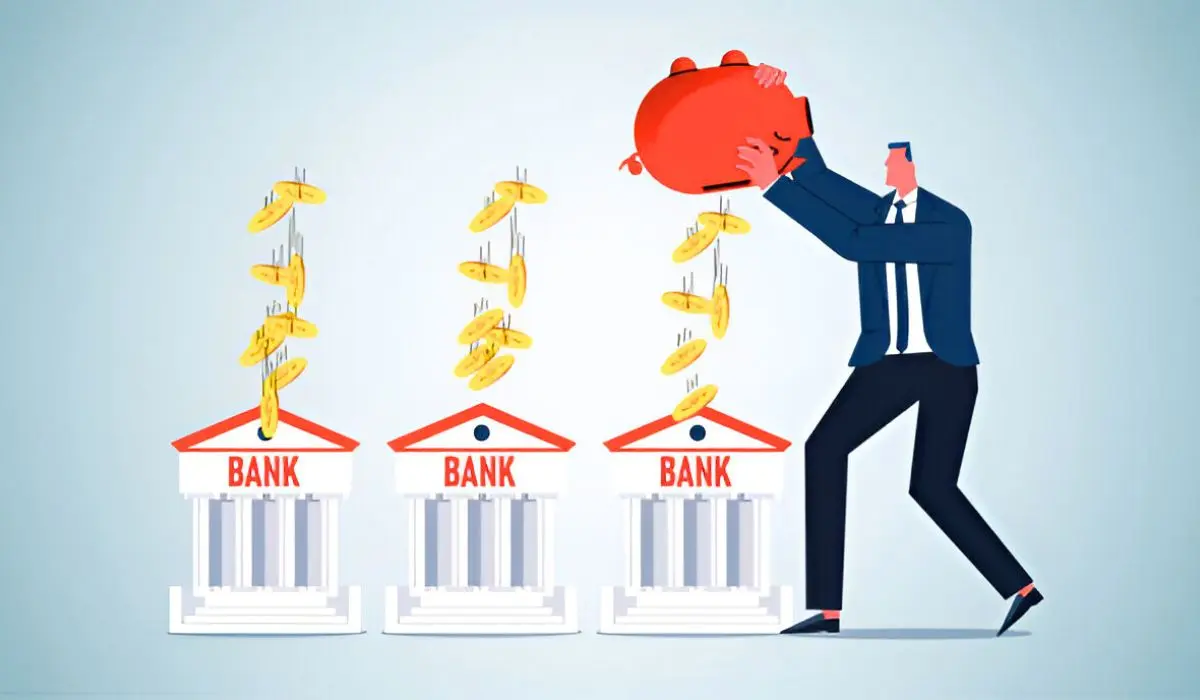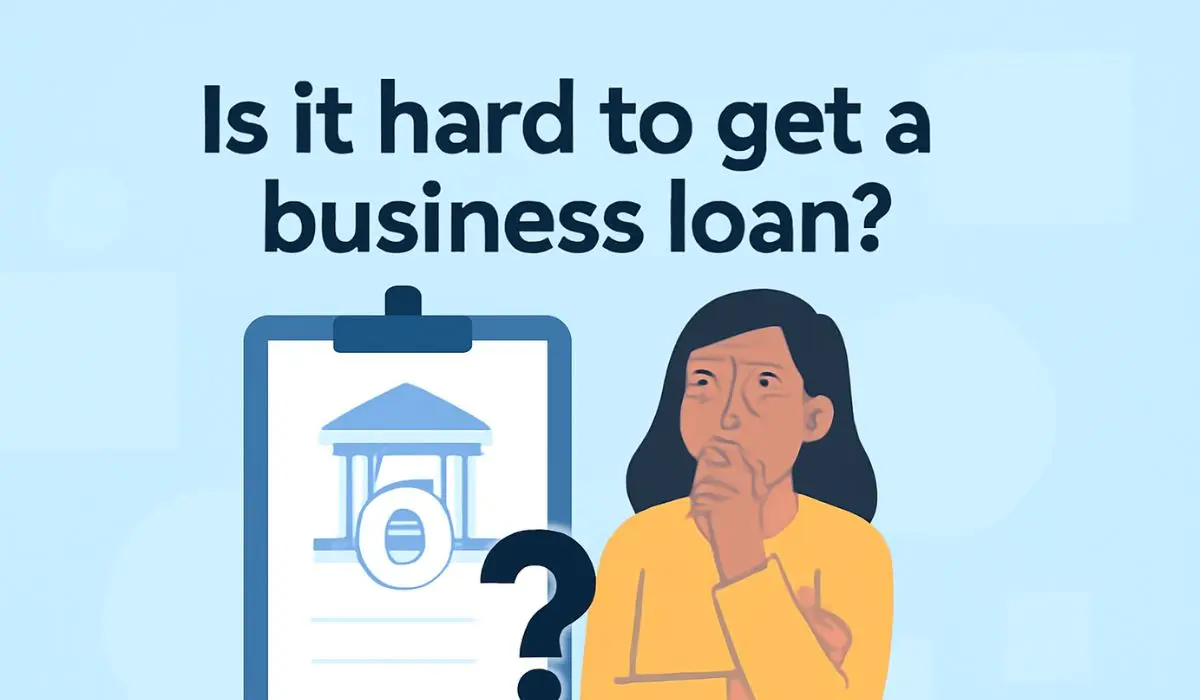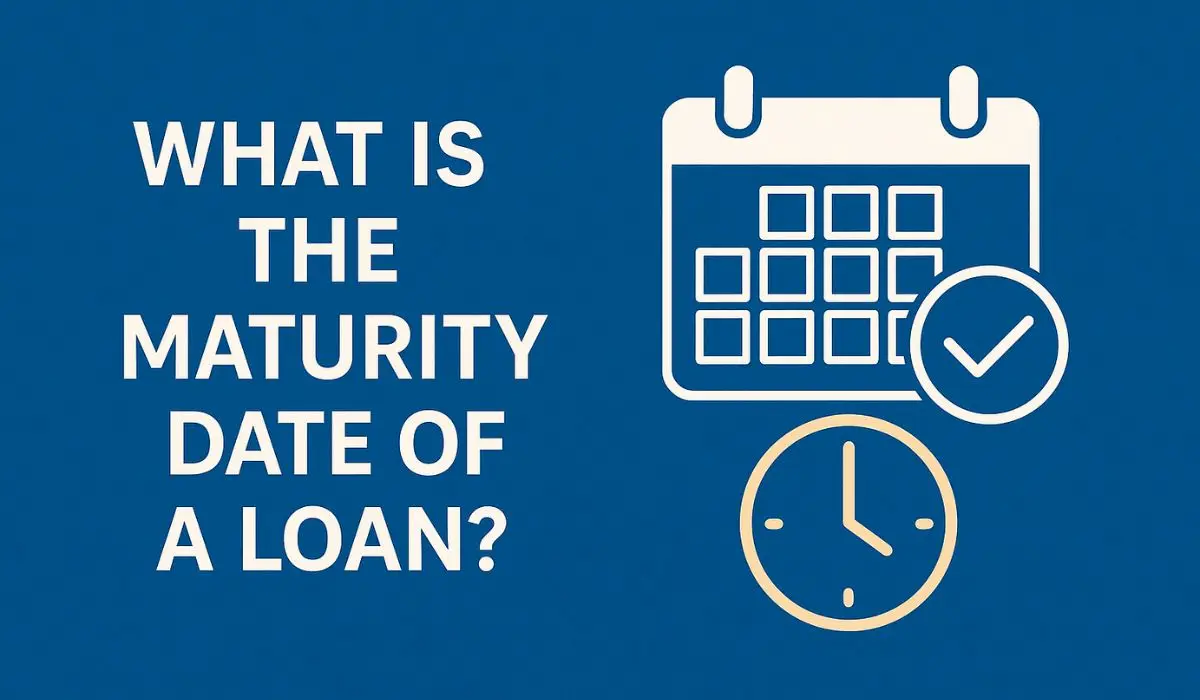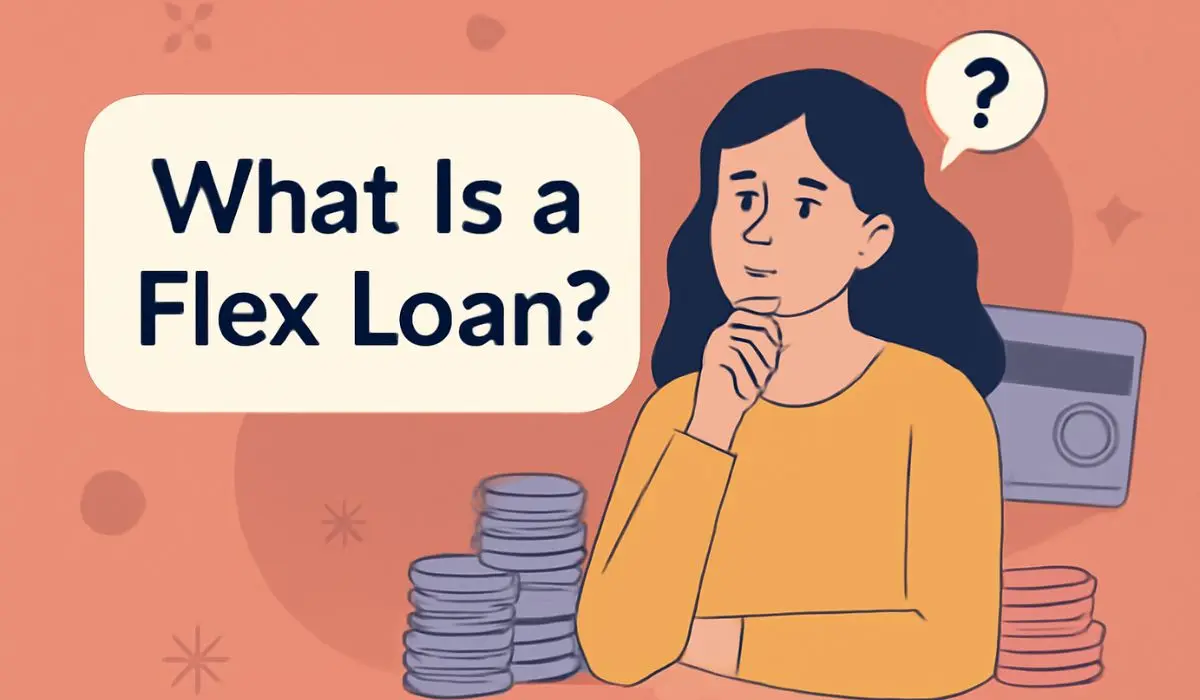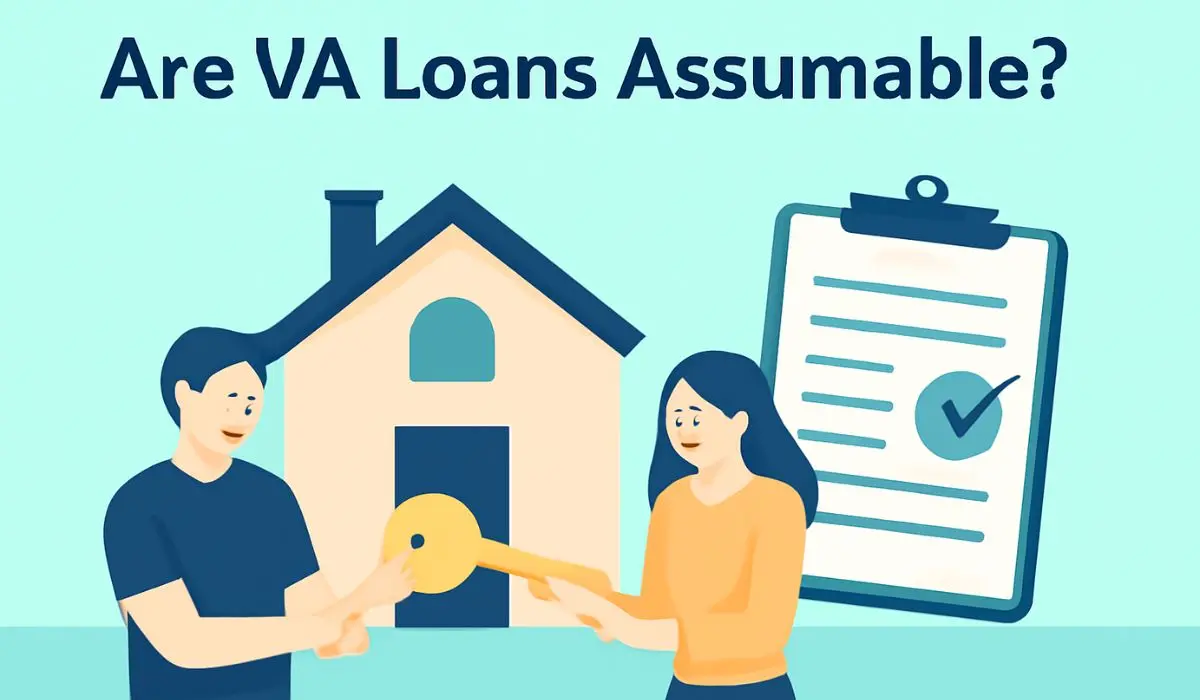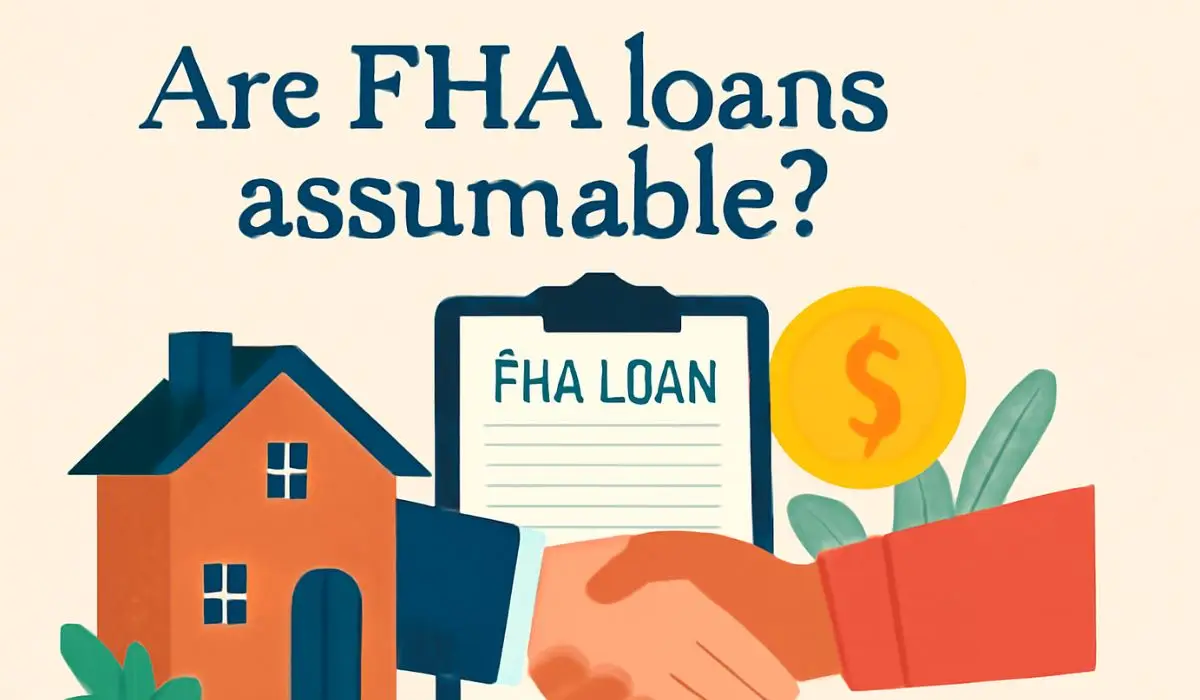When you take out a loan, the goal is to secure the best terms possible and reduce the overall cost. Loan costs can include interest, fees, and other charges that can accumulate over time. Minimizing these costs is crucial, as it helps you save money and pay off your debt faster. In this article, we will explore several effective strategies you can use to reduce your total loan cost.
1. Choose the Right Loan
The first step in reducing your loan costs is to choose the right loan for your needs. When comparing loan options, consider the interest rates, loan terms, and fees associated with each loan. A lower interest rate can significantly reduce your monthly payments and the total amount of interest you’ll pay over the life of the loan.
Additionally, opting for a smaller loan amount or shorter loan term can help you save on interest. While a smaller loan might mean less immediate spending power, it often leads to significant savings on interest payments.
2. Improve Your Credit Score
One of the most effective ways to reduce your loan cost is by improving your credit score. Lenders use your credit score to determine the risk you pose as a borrower. A higher credit score indicates that you are a low-risk borrower, which makes you eligible for better interest rates and more favorable loan terms.
To improve your credit score:
- Pay bills on time.
- Reduce credit card balances.
- Limit the number of credit inquiries.
Improving your credit score can potentially save you thousands of dollars in interest over the life of your loan.
3. Shop Around for Different Lenders
Don’t settle for the first loan offer you receive. Shopping around and comparing loan offers from multiple lenders is key to finding the best deal. Different lenders may offer varying interest rates, repayment terms, and fees, so it’s important to explore all your options.
By comparing rates and terms, you can often negotiate better terms and secure a more affordable loan.
4. Make a Larger Down Payment
A larger down payment can significantly reduce the total cost of your loan. When you put more money down upfront, you lower the loan principal, which in turn reduces the amount of interest you’ll pay over time. A larger down payment also improves your chances of securing better loan terms, such as lower interest rates.
Although saving for a larger down payment may take time, it’s a worthwhile strategy that helps you save money in the long run. If possible, aim to make at least a 20% down payment on the loan.
5. Choose Shorter Loan Terms
While longer loan terms may offer lower monthly payments, they often come with higher interest costs over time. Shorter loan terms typically have lower interest rates, and you’ll pay off your loan faster. Although your monthly payments may be higher, the total interest you’ll pay will be significantly lower.
Before committing to a loan, consider how much you can comfortably afford in monthly payments. If you can manage the higher payments, choosing a shorter term is a smart way to reduce the overall cost of your loan.
6. Refinance Your Loan
If interest rates have dropped or your credit score has improved since you took out the loan, refinancing may be an option. Refinancing involves replacing your current loan with a new one that has better terms, typically a lower interest rate. Refinancing can help reduce your monthly payments, lower the interest rate, or even shorten the loan term.
Refinancing is especially useful for student loans and mortgages, where interest rates can fluctuate. However, make sure to weigh any refinancing fees and costs to ensure it’s a beneficial move in the long term.
7. Avoid Late Payments
Late payments can significantly increase your loan costs. Not only do you incur late fees, but your interest rate may increase, and your credit score may take a hit. A lower credit score can make it harder to secure favorable terms on future loans.
To avoid late payments:
- Set up automatic payments.
- Set reminders to ensure you pay on time.
Timely payments help maintain a good credit history and prevent unnecessary fees, reducing the total cost of your loan.
8. Pay Off High-Interest Debt First
If you have multiple loans or debts, prioritize paying off those with the highest interest rates first. This approach is known as the debt avalanche method. By focusing on high-interest debts, such as credit cards or personal loans, you’ll reduce the overall interest you pay, freeing up more money to tackle other debts.
This strategy helps you save money on interest and become debt-free faster.
9. Avoid Prepayment Penalties
Some loans come with prepayment penalties if you pay off the loan early. These penalties are designed to compensate the lender for the interest they would have earned if you had followed the original repayment schedule.
Before signing a loan agreement, check for any prepayment penalties. If you plan to pay off your loan early, look for loans that don’t charge these fees, allowing you to save on interest without incurring penalties.
10. Consider Secured Loans
If you’re struggling to get a loan with favorable terms, consider opting for a secured loan. Secured loans require collateral, such as your home or car, which the lender can seize if you default on the loan. Because the lender’s risk is reduced, secured loans typically offer lower interest rates than unsecured loans, making them a more affordable option.
However, make sure you are comfortable with the risks involved. If you default, you could lose the collateral you’ve pledged.
11. Automate Your Payments
Setting up automatic payments is an easy way to ensure your loan payments are always made on time. Many lenders offer discounts on interest rates for borrowers who set up autopay. Automating your payments can help you avoid late fees, reduce your stress, and ultimately save money on interest.
Conclusion
Reducing your total loan cost is essential for saving money and achieving financial stability. By carefully selecting your loan, improving your credit score, comparing lenders, and using strategies like refinancing and making extra payments, you can lower your overall expenses. Additionally, understanding the fine print of your loan agreement, avoiding prepayment penalties, and considering secured loans can further reduce costs.
Take action now by implementing these tips to reduce your loan costs and enjoy the financial benefits in the long run.
FAQs
You can reduce your total loan cost with FAFSA by qualifying for federal student loans with lower interest rates, grants, and work-study opportunities, which do not require repayment.
To reduce your loan cost, you can improve your credit score, shop around for the best rates, make extra payments, refinance, and avoid late payments.
Factors that can reduce your loan cost include a higher credit score, making larger down payments, choosing shorter loan terms, refinancing, and avoiding late fees.
Yes, you can reduce your loan payments by refinancing, consolidating loans, extending your loan term, or requesting a loan modification.
The best way to reduce debt is to focus on high-interest debts first (debt avalanche method), make extra payments, consolidate debt, or seek professional financial counseling.
